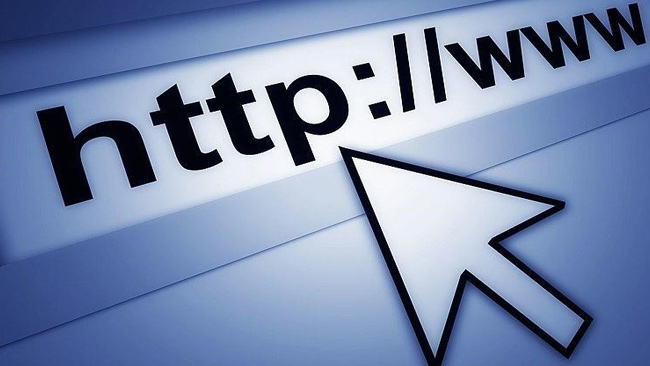From how we reached the top of the food chain to how our lives became significantly better, evolution is something that we see everywhere. The same applies to the internet. Every day, billions of changes happen to it, from people adding more content to companies implementing policies.
These changes would be possible through Web3. What should we expect? Watchdata, a company that provides blockchain application program interface for Web3, will discuss all these for you. Learn what Web3 is in this post as well.
What is Web3 Anyway?
With the internet nowadays, it’s not just the users’ ability to create content that’s changing. For the past few years, we’ve been seeing much more significant changes that can end with the internet being reinvented altogether. This is where Web3 comes in.
Web3 is the term used to refer to decentralized internet. It’s built on blockchains that share ledger systems that keep track of exchanges happening. Even though the concept has been around for years, it became a buzzword last year.
Experts envision Web3 to present itself on the internet in many ways. One of the examples of Web3 that you’re most familiar with would probably be NFTs. These are digital artworks that may be considered modern-day collectibles. The ownership of this is recorded in the blockchain.
Another example would be cryptocurrency. All exchanges that happen here are recorded and published as well, following the principle of decentralization.
3 Ways Web3 Reinvents the Internet
Admittedly, the new technologies mentioned above seem daunting. But it’s not the first time we’ve encountered something hard to understand. We’ve seen technology develop in unexpected ways.
What makes Web3 very different is it’s created partly as a critique of Web2, where user information is monopolized by companies who sell or rent it to businesses. You’ll notice as we go on that a lot of the reinvention is based on changing this norm.
Here are the ways Web3 is expected to reinvent the internet:
1. You’d be able to Own Part of the Internet
Today, only a few gigantic tech companies own the internet. Everyone else (including ordinary users like you and me) simply rents the space. That’s why they have a lot of leverage in terms of how our data is used, how much it costs, and many more. They even set the rules on what is deemed acceptable and not acceptable.
This ownership element is one of the key features of Web3. What’s envisioned for this iteration is for everyone to have ownership of something that they already use.
By having ownership, you’ll be able to build and govern networks according to your liking. These will be fully autonomous.
We’re far from making the entire internet like this, but it’s definitely starting. Now, we have a few decentralized autonomous organizations. These are governed by the members themselves, allowing them to safely interact with internet strangers.
2. There Will Be Fewer or No Middlemen
Web3 repurposes the technology that gave birth to Bitcoin to extend its use beyond the financial industry. With this iteration, interacting with each other doesn’t necessarily have to happen with middlemen like Google and Facebook.
This is reminiscent of how it was in Web1 when owners were hosting their own websites. But here, it’s happening on a much larger scale so that we’d maintain the connections made possible during Web2.
In short, Web3 presents the best of both worlds and so much more. It may be hard to imagine that somehow a social media network would exist without a large corporate entity owning it. Don’t worry! As far as your user experience is concerned, there would practically be no difference.
But instead of having Facebook facilitate the distribution of the content, it would go straight to the blockchain that you own.
3. The Door to the Global Economy Will Open
It’s widely accepted that the lines between the physical world and the digital world have been greatly blurred because of technology. The lines will be further blurred by allowing half of the world to participate easily in the global economy.
A huge problem right now in using apps and services online is the barrier to entry. Most require some form of identification to verify the identity through an ID card. Unfortunately, this is something that as much as half the world’s population can’t share online.
Using high-trust services like cryptocurrency has the potential to remove this issue altogether. This way, more people would be able to participate, thus helping stimulate the economy.
What Will the Internet Look Like With Web3 Dominating the Scene?
Web3 already exists today. But your general experience online hasn’t changed a lot, right? The internet will still be functionally the same.
Internet technologies will continue to evolve, perhaps even at a faster rate, if there’s greater participation globally. More of the internet will transition to Web3 in the future, allowing you to experience it for yourself.




Leave a comment
Have something to say about this article? Add your comment and start the discussion.